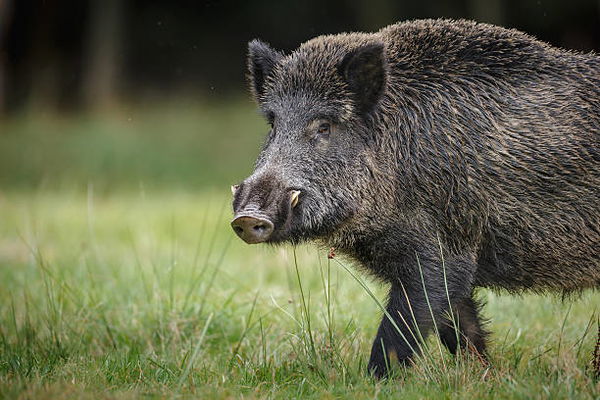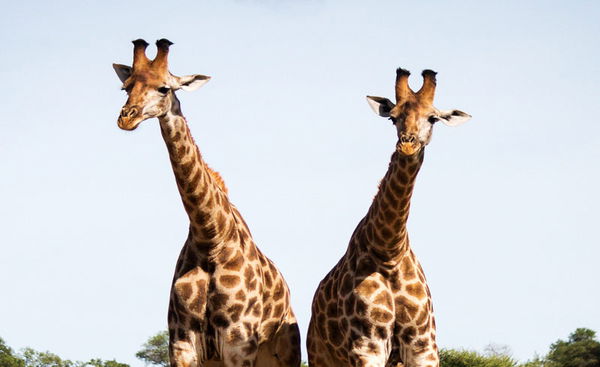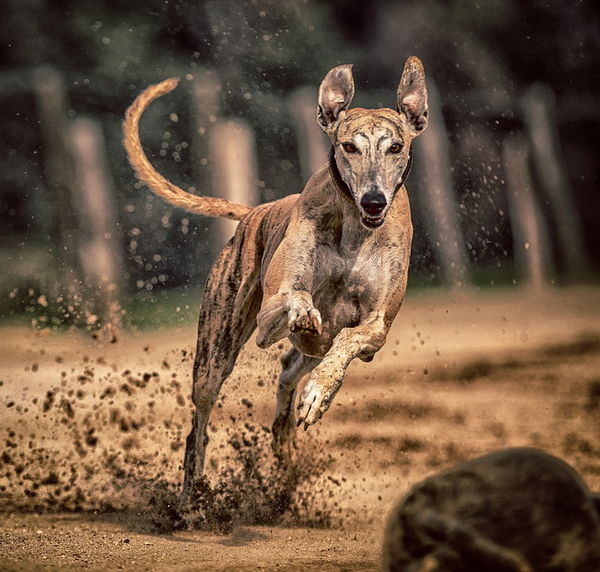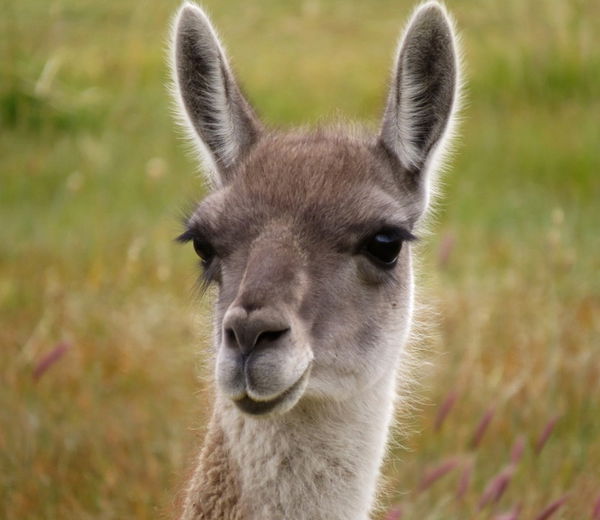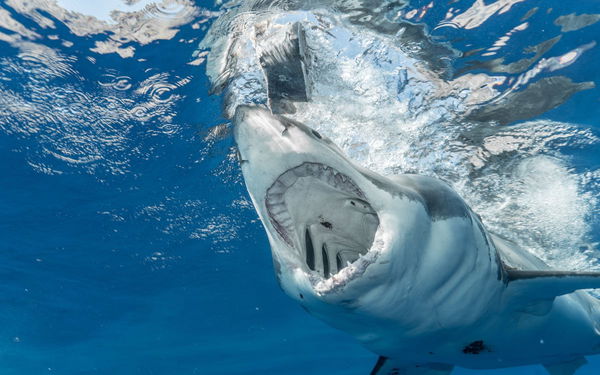The gazelle is a slender, agile antelope known for its speed and grace. They are found in grasslands and savannas throughout Africa and parts of Asia, and are known for their distinctive curved horns and large, expressive eyes. Gazelles are herbivores and primarily feed on grasses and leaves.
Gazelles are also known for their impressive speed and agility, which they use to evade predators such as lions and cheetahs. They can run up to 60 miles per hour and can make quick turns and jumps to avoid capture. Gazelles also have excellent eyesight, which helps them spot predators from a distance.
Unfortunately, many gazelle populations are threatened by habitat loss and hunting, with some species considered endangered. Conservation efforts are underway to protect and preserve these graceful creatures.


